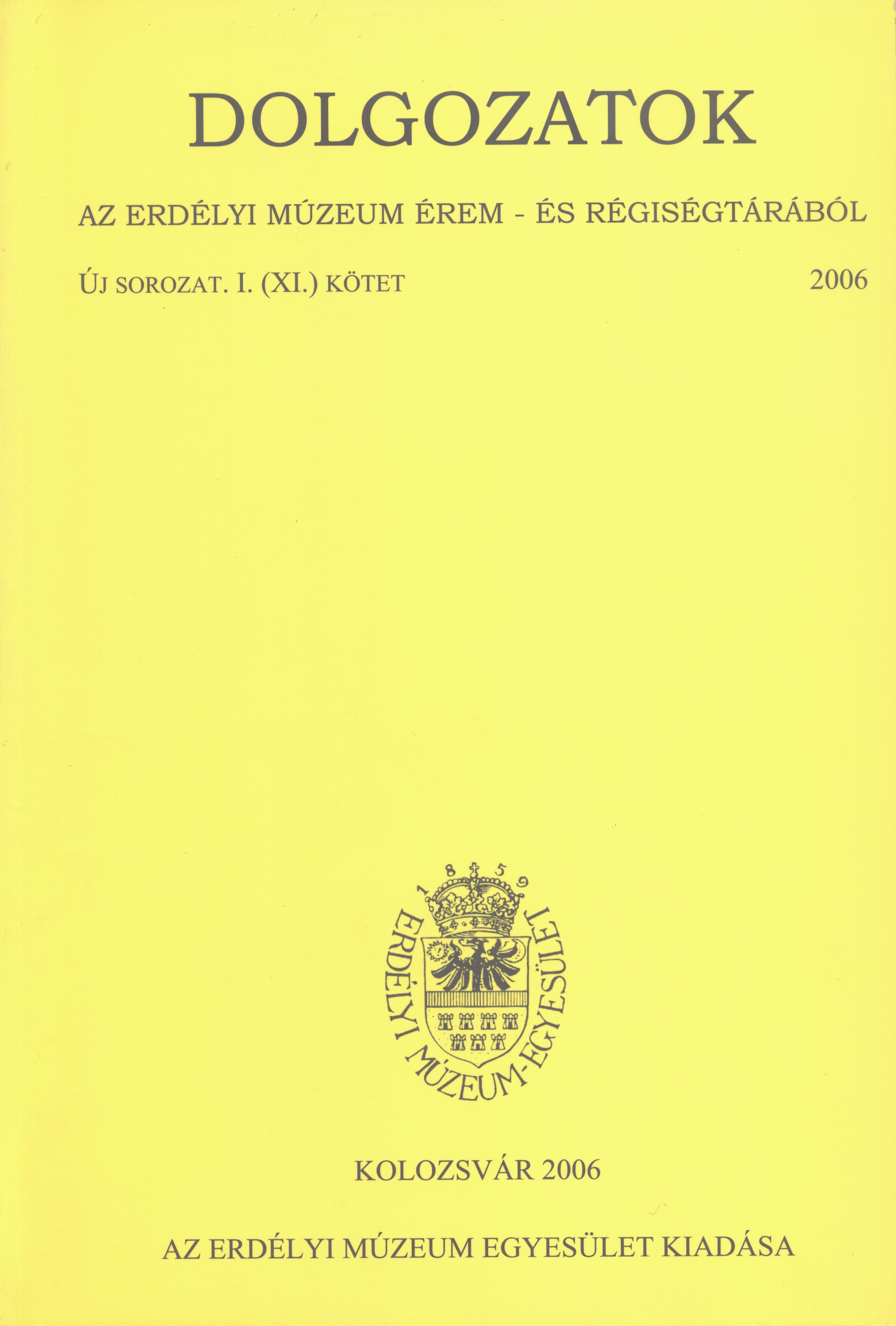Középkori tarajos sarkantyúk Erdélyben. 13. század vége-15. század eleje
13-14th century rowel spurs from Transylvania
Author(s): Zalán GyörfiSubject(s): Archaeology, 13th to 14th Centuries, 15th Century
Published by: Erdélyi Múzeum-Egyesület
Keywords: medieval chivalry; rowel spurs; Transylvania
Summary/Abstract: The aim of this paper is to present a category of the medieval chivalry accessories from Transylvania,namely the rowel spurs. The chronological frame of the research is set between the last third of the 13th century (the occurrence and the development of the rowel spurs) and the first half of the 15th century (when the diversification of these artefacts gain much more importance). The typological and stylistic analysis of the Transylvanian rowel spurs, and the undertaken conclusions are based on a catalogue of the all published artefacts from the aforementioned area and also on the research of the pieces found in the National History Museum of Transylvania. The resulted classification of these artefacts shows the present stage of the research and undoubtedly will suffer modifications following the numerical increase of the new archaeological data. The basic criteria of the classification were the shape of the arms (A), the shape of the arms' heads (a) and the length of the spin (1). 5 different types of spurs were identified: Aal, Acl, Adl, and Abl - which differ by means of the type of the arms: arched arms, with a 3—4, 5 cm long spin; Bal - much arched arms. Out of a total of 66 pieces, the best part is represented by the Abl and Aal types, which were probably the most widespread in the epoch. The wheel has various dimensions. The shape and the number of the spikes are not likely to be considered a classification criterion, as all the spur types display diverse kinds of wheel. The attachment system of the spur is easy to distinguish with the help of the small plates, which were tied to the belt or to the chain that was used for fixing the spur to the footwear. There are cases when belts and buckles were also used for fixing the piece to the footwear. None of the spurs have the artisan's mark, or a characteristic decoration of some Transylvanian workshop. Therefore, in the issue of the artefacts production, written sources have to be consulted. Documents from the 15th century attest the production of the chivalry accessories and implicitly of the spurs, at Cluj, Sighişoara and Sibiu. It is highly probable that the spurs were also produced in the Transylvanian towns. The increasing number of spurs beginning with the 14"' century, as compared to the preceding epoch, was due to the development of the hand-made production on one side and to the augmented role of the chivalry in the Angevin army on the other.
Journal: Dolgozatok az Erdélyi Múzeum Érem- és Régiségtárából. Új sorozat
- Issue Year: 2006
- Issue No: I
- Page Range: 99-127
- Page Count: 29
- Language: Hungarian

